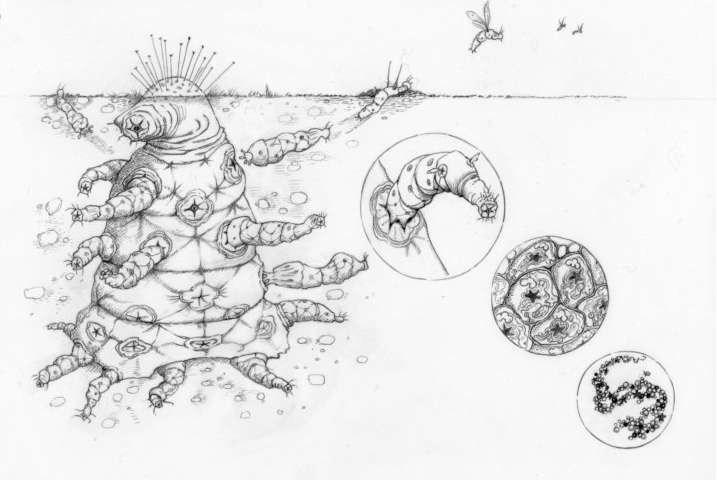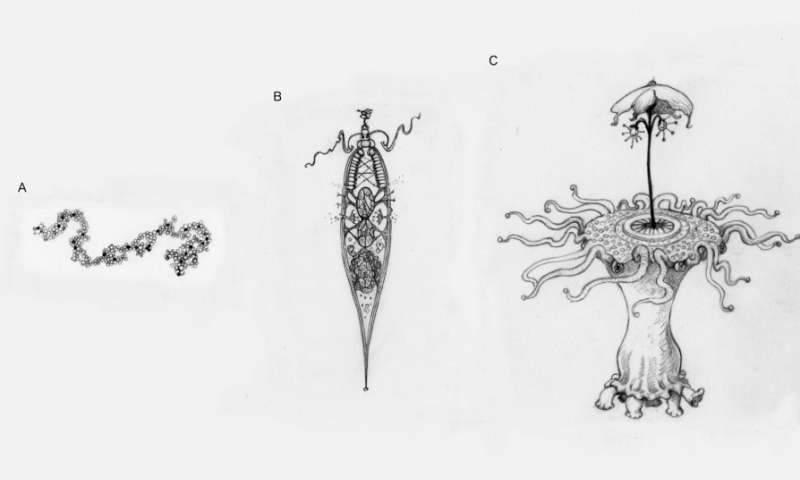Humans might have more in common with our yet inconspicuous galactic neighbors than we thought. According to scientists at the University of Oxford, natural selection and evolutionary theory seem to favor organisms that behave similarly to those found on Earth.

Astrobiologists — scientists concerned with the study of life outside Earth — have their work cut out for them in this day and age. Since no alien organisms have been found yet, their field of study is riddled in uncertainties and speculations. Given the vastness of the cosmos and what we know about potentially habitable planets, the odds of Earth being the only planet in the universe capable of hosting life look very slim. It seems extremely unlikely that life on Earth is unique.
At the same time, making predictions about alien life is challenging, especially when you have one example to work with: life on Earth. Previously, scientists have predicted what alien life might look like by extrapolating what we know about organisms on Earth, as well as the chemistry, geology, and physics on our planet.
But these “past approaches in the field of astrobiology have been largely mechanistic,” says Sam Levin, a scientist at Oxford’s Department of Zoology. He and colleagues have gone a different route that’s more principle driven and less dependent on Earth-centered assumptions.
“In our paper, we offer an alternative approach, which is to use evolutionary theory to make predictions that are independent of Earth’s details. This is a useful approach, because theoretical predictions will apply to aliens that are silicon based, do not have DNA, and breathe nitrogen, for example,” Levin said in a press release.
The researchers did assume at least one process that’s fundamental to Earthlings governs alien life as well: natural selection. Starting from natural selection as a framework, the researchers built a model of extraterrestrial evolution.

More of the same
Though the origin of life on Earth is still a matter of debate, we know that the very first creatures were simple, single-celled organisms. Over the course of countless generations, some of these single-celled organisms merged, learned to cooperate, and formed multi-cellular organisms. Complexity jumped in steps caused by a handful of events known as ‘major transitions’. The transitions from prokaryotes to eukaryotes or from asexual clones to sexual populations are some prime example. Both evolutionary theory and empirical data suggest that extreme conditions say sudden climate change, are required to drive a major transition.
With this framework in mind, the Oxford scientists made some predictions about what alien life might look like, complete with some illustrations to boot.
Of course, no one can say if aliens walk on two legs or have four eyes. The Oxford team, however, says that there’s a level of predictability to evolution which would cause aliens to look at least a bit like us, they reported in the International Journal of Astrobiology. In other words, they’d look and function more similarly to humans than differently.
“Like humans, we predict that they are made-up of a hierarchy of entities, which all cooperate to produce an alien. At each level of the organism there will be mechanisms in place to eliminate conflict, maintain cooperation, and keep the organism functioning. We can even offer some examples of what these mechanisms will be,” Levin said.
“There are potentially hundreds of thousands of habitable planets in our galaxy alone. We can’t say whether or not we’re alone on Earth, but we have taken a small step forward in answering, if we’re not alone, what our neighbours are like,” he added.


